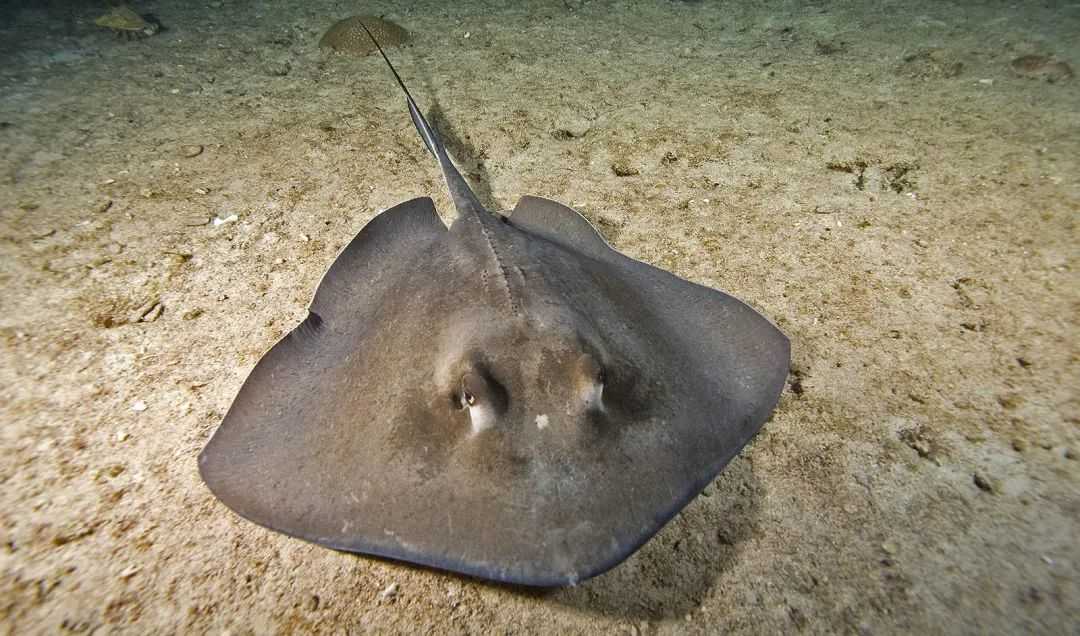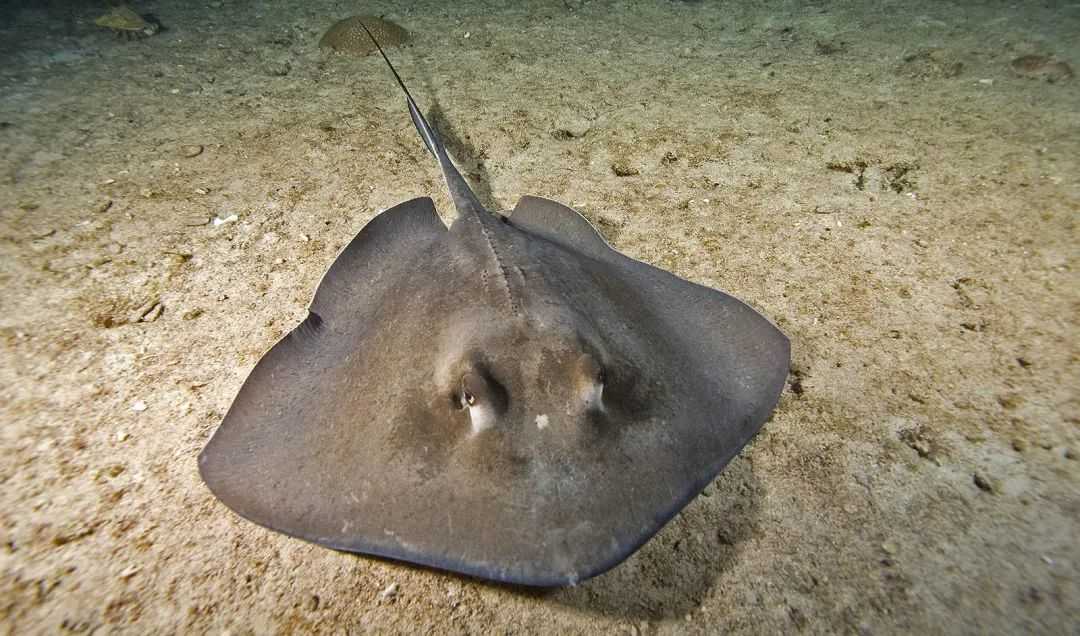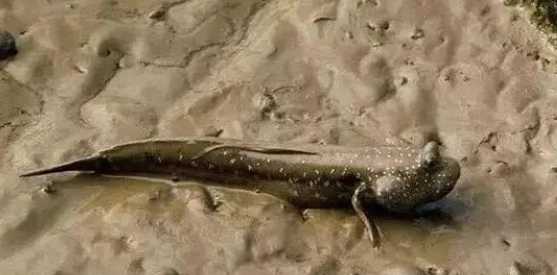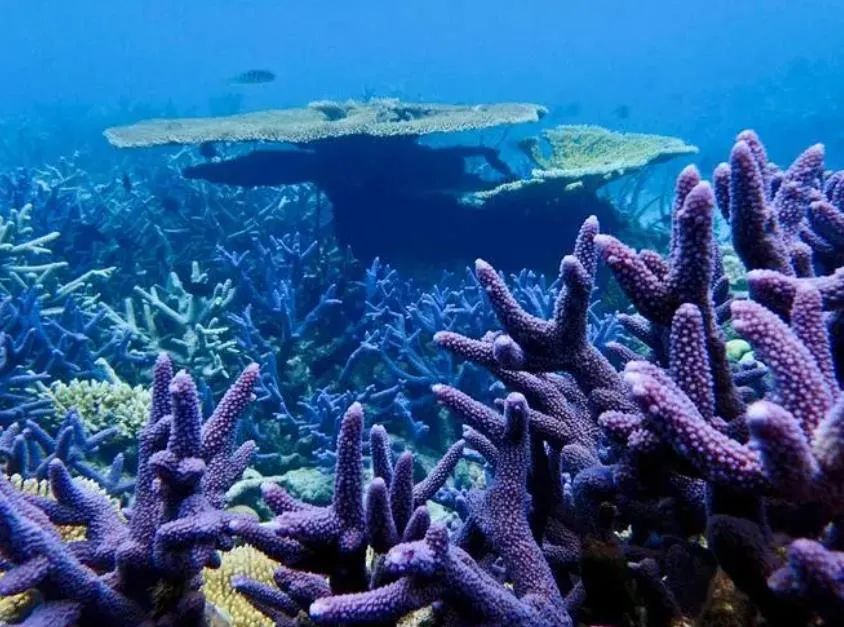Dasyatis akajei: The Coastal Giant of the Stingray Family
Dasyatis akajei, commonly known as the red stingray or Japanese common stingray, is a prominent species within the Dasyatidae family, widely distributed along the coastal waters of the northwestern Pacific Ocean. As a member of the cartilaginous fish group, this ray is characterized by its flattened disc-shaped body, long tail, and distinctive coloration, making it a familiar sight in shallow marine and estuarine environments from China to Japan and Korea.

Source: Images from the Internet, if there is any infringement, please contact the removal of
Growing up to 1.5 meters in disc width and weighing over 200 kilograms, the red stingray boasts a dark brown to reddish-brown dorsal surface, often with scattered white spots or markings, while its ventral side is pale white—a coloration that provides effective camouflage against sandy or muddy seabeds. Its most notable feature is the long, whip-like tail armed with one or two serrated venomous spines near the base, which serve as a powerful defense against predators. These spines can deliver a painful sting laced with toxins, making encounters with humans potentially hazardous, though the species is generally non-aggressive unless provoked.
Primarily a benthic feeder, Dasyatis akajei spends much of its time foraging along the ocean floor, using its sensitive barbels to detect prey such as crustaceans, mollusks, and small fish. It inhabits shallow waters ranging from 1 to 60 meters deep, frequently venturing into estuaries and bays where nutrient-rich sediments support its diet. During mating season, males pursue females through elaborate courtship rituals, and females give live birth to litters of 2–10 pups after a gestation period of several months.
Despite its adaptability, the red stingray faces significant threats from overfishing, as its meat and cartilage are valued in seafood markets, particularly in East Asia. Habitat degradation from coastal development, pollution, and destructive fishing practices like trawling further endanger its populations. Listed as "Vulnerable" on the IUCN Red List, conservation efforts such as marine protected areas and regulations on commercial fishing are critical to safeguarding this iconic coastal species. As a keystone species in benthic ecosystems, Dasyatis akajei plays a vital role in maintaining the health of shallow marine environments, underscoring the need for proactive measures to ensure its survival.
-------- END --------






